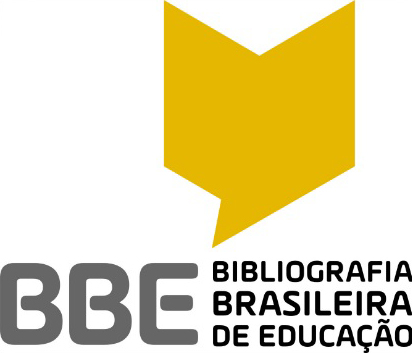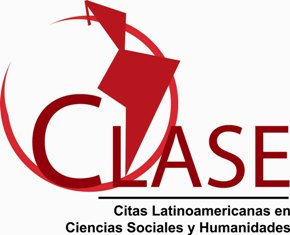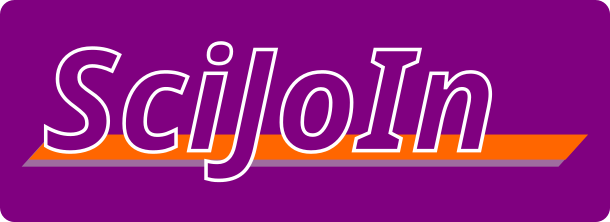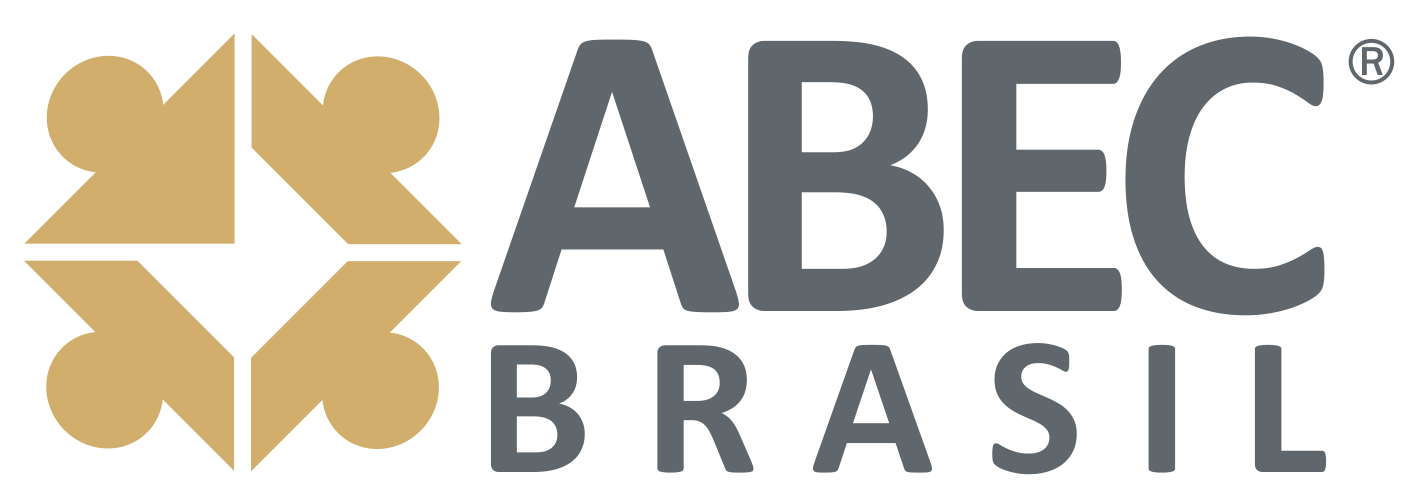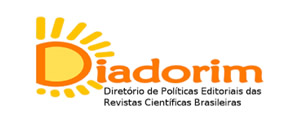Smartphone e instagram: aliados do ensino da tabela periódica
DOI:
https://doi.org/10.22169/revint.v16i37.1825Resumo
Resumo
O presente texto traz um recorte de uma dissertação que teve como objetivo geral compreender como a Cultura da Convergência (JENKINS, 2009), por meio de uma sequência didática (SD), pode contribuir para a inserção das Tecnologias da Informação e Comunicação (TIC) no ensino da tabela periódica. Com o auxílio do smartphone e das redes sociais, a pesquisa — com abordagem qualitativa e descritiva (MINAYO, 2001; PRODANOV & FREITAS, 2013) e do tipo investigação sobre a prática (PONTE, 2002) — foi desenvolvida com alunos do 9º ano do Ensino Fundamental de uma instituição pública de ensino, ao longo de sete encontros. Neste recorte, apresentamos as atividades desenvolvidas no 4º e 5º encontro com os alunos: o Concurso de Imagens, via Instagram, para confecção de uma tabela periódica gigante. A partir dos registros escritos pelos estudantes, das observações feitas pela professora/investigadora e dos materiais coletados através das redes sociais, no intuito de verificarmos as contribuições da SD, dois aspectos foram analisados : o papel assumido pela professora/investigadora e como a aprendizagem significativa se processou — por meio da recepção e/ou da descoberta (AUSUBEL, 1963, 2003). Diante dos resultados obtidos, verificamos que a Cultura da Convergência — em especial, a cultura participativa — aplicada ao ensino da tabela periódica contribui para que o professor assuma o papel de facilitador, supervisor e mediador no processo de ensino-aprendizagem; ademais, espera-se que o educador promova situações onde a aprendizagem significativa aconteça por meio da descoberta, ao procurar apoio em subsunçores solidificados nas estruturas cognitivas dos alunos.
Palavras-chave: Tecnologias da informação e comunicação. Cultura da convergência. Smartphone. Redes sociais. Ensino da tabela periódica.
Downloads
Downloads
Publicado
Como Citar
Edição
Seção
Licença
Os direitos autorais dos artigos publicados na Revista são de acordo com a licença CC-BY-ND - Creative Commons ( https://creativecommons.org/licenses/by-nd/4.0/legalcode)
Esta licença permite que outras pessoas reutilizem o trabalho para qualquer finalidade, inclusive comercialmente; no entanto, não pode ser compartilhado com outras pessoas de forma adaptada e o crédito deve ser fornecido ao autor.
Os direitos autorais dos artigos publicados na Revista são do autor, com os direitos de primeira publicação para a Revista










